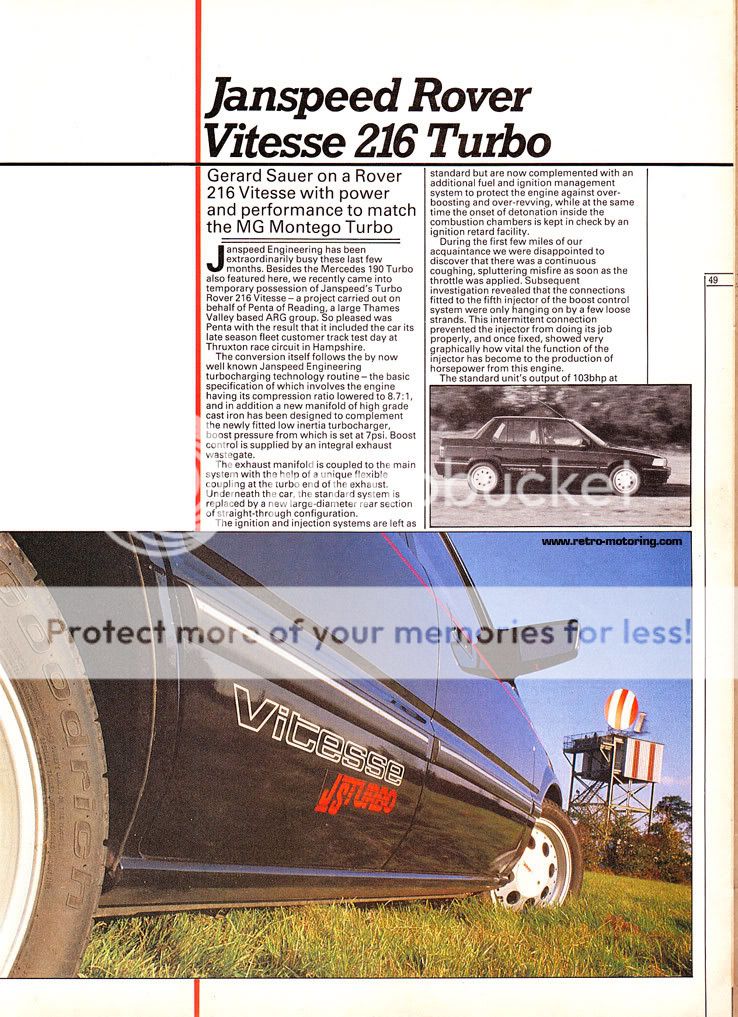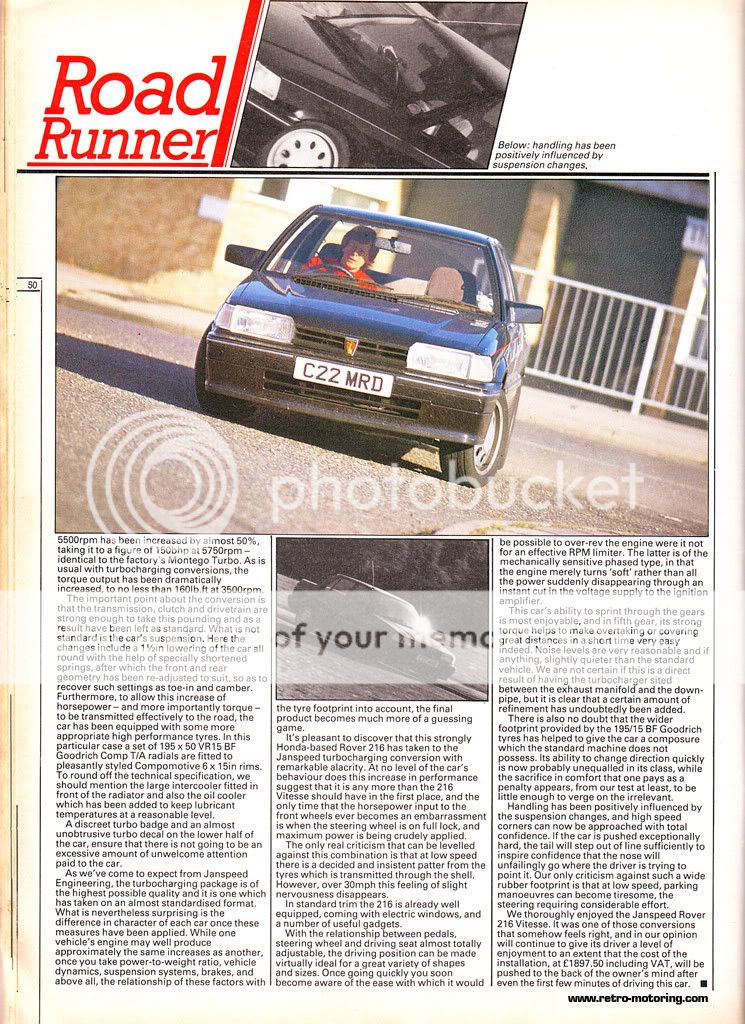If it would delay the introduction a lot, I could accept that. In that event, I'd make a *Mark II a higher priority, & get it in production around 1963 (with no drastic reskin).
It would be unrealistic because the Mini would at minimum need to be widened by about 2-inches in order to be equipped with an end-on gearbox (if the OTL Minki-II prototype is any indication), hence it would be more feasible to reserve it for an evolution of the Mini via the ATL Mini II from the late-1960s.
I don't see the 8-port having to wait. It need not delay introduction; it could be a production-line change, with the option to back-fit for rodders & racers.
I'm seeing the ATL A-Plus being a more radical factory upgrade that needs for money to pay for tooling, & that should (would have to?) wait for a *Mark II. I'd also be working closely with Nissan; I want to know how they got a production-standard 76mm bore from the A-Series block without issues--& I want it for all alt-BMC A-Series engines.
The ATL A-Plus which am assuming you are referring to the ~1596cc half-relation (instead of the OTL 1980 development of the A-Series) would essentially be utilize all the developments (including 7/8-port head, etc) that were considered for the A-Series in OTL, while at the same time share much commonality with the A-Series (in order to use existing tooling with the lines being blurred a further as more component sharing is implemented) and draw inspiration from the distantly related OTL Nissan A OHV / Nissan E OHC / Nissan GA / etc that did appear to largely make use of what was considered for the A-Series during its long production life.
Essentially imagine the OTL evolution of the B-Series to the O-Series, M-Series and T-Series (plus dieselized Perkins Prima / L-Series / G-Series and Td5 / Project Storm), than apply that to the ATL A-Series.
The same goes with the OTL evolution of the similarly-sized Renault Billancourt to the Cleon-Fonte/Sierra/C-Type, Energy/E-Type and K-Type engines, which is another template for the ATL A-Series to follow.
OTL BMC and even Issigonis at his worse took the approach of adopting revolutionary and costly clean-sheet solutions without bothering to develop what they had via an evolutionary and cheaper approach. The OTL Morris Minor and related models (plus Oxford and Isis pre-Farina) particularly stand out when one considers much of the mechanicals found their way into the Marina / Ital from the 1970s, which is why an ATL where they were not neglected would have provided BMC with the means to produce a low-cost trio of conventional front-engined RWD cars from the early-1960s.
And thinking of that, am I right thinking a 5sp in-sump box was possible? I'd be after the
AP 4sp auto (tho I wouldn't use engine oil

).
A 5-speed manual in-sump gearbox was considered for the Mini (with possible usage in other in-sump FWD cars) along with a 5-speed version of the AP Automatic (both IIRC involving Jack Knight), however both were not productionized due to BL going bankrupt.
No question of that at all. The only real issue I have is, even the OTL Mini was pretty slow for highway/motorway driving, & a smaller-capacity car would be worse. That seems to want a different top gear; it also probably means a "steeper" first gear (& maybe the axle gear, too). That suggests desirability of a 5sp.
It would be the definitive entry-level (if necessary emissions exempt) tax special Mini (resembling the de-chromed 1958 Mini prototype yet with detachable Minivan grille) being to the regular Mini what the Renault R3 and 4CV version of the Simca 1000 were to the Renault R4 and regular Simca 1000, so speed would not be a high priority apart from customers opting for aftermarket tuning kits from Cooper/Downton/etc.
I'm too ignorant of the goals & results there, so I won't argue it. I wouldn't do it.
After deliberately differentiating Austin and Morris from the late-1950s onwards in OTL for them to establish their own post-BMC identities, it makes sense to retain differentiation between the marques to a certain extent as they began to share common platforms (due to Morris gradually shifting from RWD to FWD) akin to GM TASC/VOH or even Volkswagen's approach (which was something the likes of Roy Hayes wanted to implement in OTL decades before it became a thing).
Even Citroen under Peugeot still used hydropneumatic suspension on various models and the Maestro/Montego was tested with Hydragas suspension (due to the platform originally being derived from the Allegro platform with engineers using it as a starting point before adding conventional suspension and VW gearboxes in OTL).
That Gamma Trevi, or something very like it, as a BMC VP, could give Jag some real headaches.


It has a kind of
XJ40 feel, only lacking the twin round headlights (which would be much more attractive than the Perspex-covered ones

).
Of course, it is also tempting to utilize non-fastback variation of
Pininfarina's proposal during the XJ40 Project for the general body (as opposed to the front and rear which would be changed to loosely resemble the Gamma Trevi at the front and possible feature more Bentley Eight / Morris Ital style integrated rear-headlamps) to further empathize the XJ40 vibes.
It also parodies OTL Jaguar's fear of losing its autonomy through BL potentially forcing it to use the Rover V8 during the XJ40 project, which the low-volume ATL flagship Vanden Plas would feature in a rather unsporting FWD platform with hydragas suspension (being in essence the complete opposite of Jaguar as a luxury car with bitza mechanicals).



